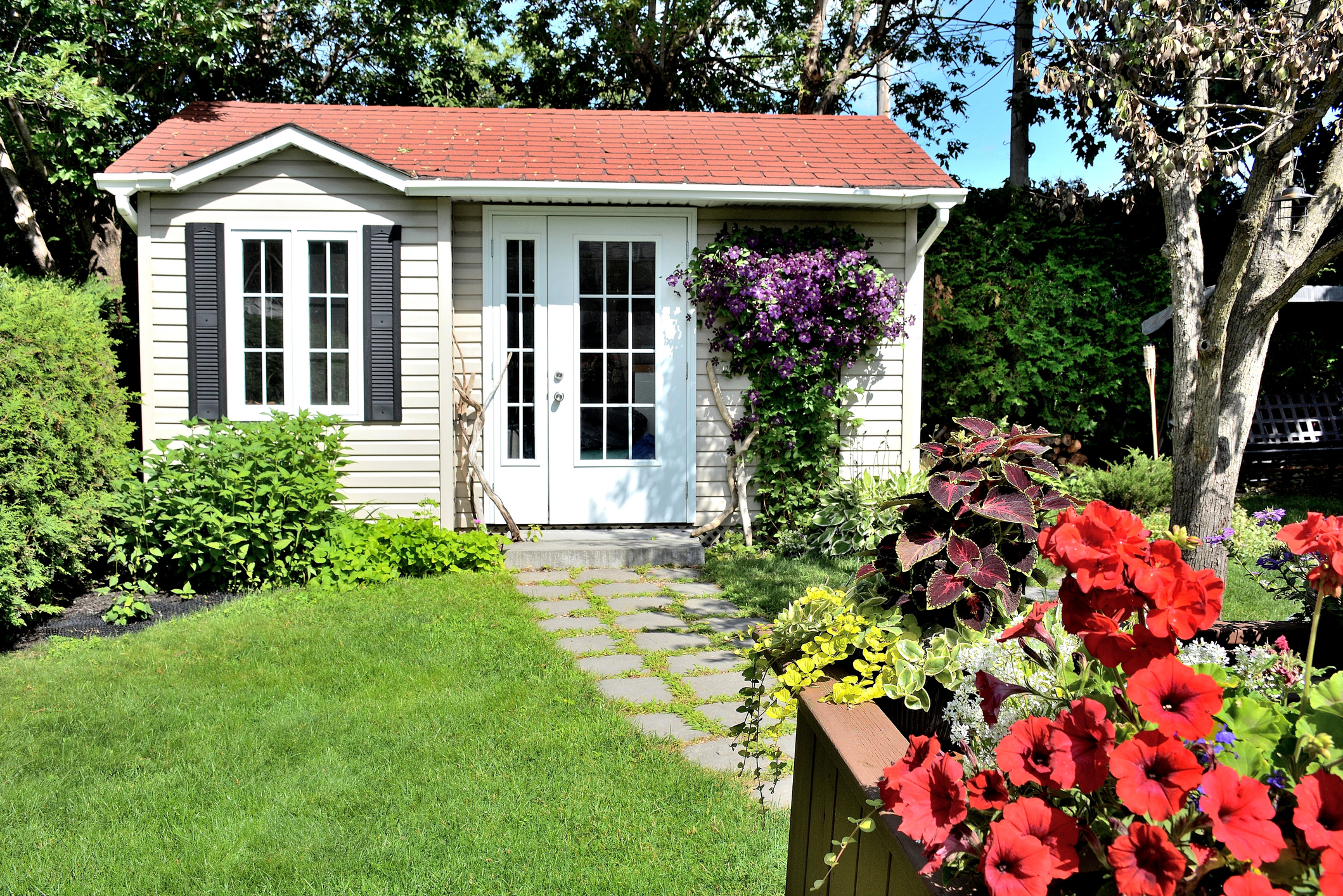Is an A-D-U for Y-O-U?
June 22, 2023 | Maintaining Independence, Senior living

Mother-in-law unit. Granny flat. Cottage house. Laneway home. Whatever you call them, accessory dwelling units (ADUs) have become increasingly popular with both families and real estate developers. And with good reason!
They’re affordable, a potential source of income, provide togetherness balanced with privacy, and flexible. The California Department of Housing and Community Development (CA HCD) sees ADUs as an “innovative and effective option for adding much needed housing” in the state.
For families, ADUs can be a good solution in caring for aging loved ones. The typical ADU is between 600 and 1,000 square feet, with a separate entrance and a bathroom and kitchenette or full kitchen. They can be free-standing or attached to the main house; they can even be basement apartment or over a garage.
Before investing in an ADU, it’s a good idea to also consider the option of the older person continuing to live in their own home, but with adaptations. Would a few changes make the home easier and safer to live in? Think about things like a ramp at the front door, grab bars in the tub or shower, nonskid floors, more comfortable handles on doors or faucets, and better insulation.
If you’ve decided to go ahead with an ADU, consider these three questions.

1. What types of ADUs are permitted where you live? The first step is to learn what’s permissible where you live. The CA HCD has a statewide overview in their Accessory Dwelling Unit Handbook, which is available here. Many cities and counties, like Los Angeles, Napa Sonoma, and Stockton, provide guides – sometimes with pre-approved plans – to help out. Your local planning and building department professionals who are in charge of enforcing the zoning laws and regulations can advise you on what to adhere to.
2. Can you afford an ADU? In California, the median cost is about $250 per square foot. That translates to about $150,000 for a 615-square-foot unit. Thankfully, there are resources to help with the financial requirements. The California Housing Finance Agency has an ADU grant program that can provide up to $40,000 towards pre-development and non-reoccurring closing costs. And, as of January 1, 2021, new ADU funding laws went into effect; additional, city, county, and state grants and financial incentives were created to assist with building an ADU. Many of those resources can be found here.
3. Will an ADU promote well-being for you and your loved ones? The ADU arrangement can make it easier to share meals and chores, take care of parents when sick, and be more spontaneous in visiting. The distinct spaces can ensure privacy. But, for some families, there can be such a thing as “living too close.” Consider different alternatives and discuss them with the whole family. There may be some hard decisions to work out beforehand, such as who pays for construction and ongoing costs (like electricity), what general rules (for example, quiet hours) should be agreed upon, and when would it no longer make sense to continue the arrangement (for instance, maybe after a dementia diagnosis).
Of course, you’ll also need to consider how the ADU is sited on your property. You don’t want it to be on a hill or other setup that requires stairs. Inside, you’ll need to consider entryway needs (ramps, stairs), bathroom layout, etc.
Interested in more information and guidance? The AARP offers helpful publications and videos here.
Ultimately, ADUs can be a terrific solution for extended families. Just make sure it fits your family’s needs.

